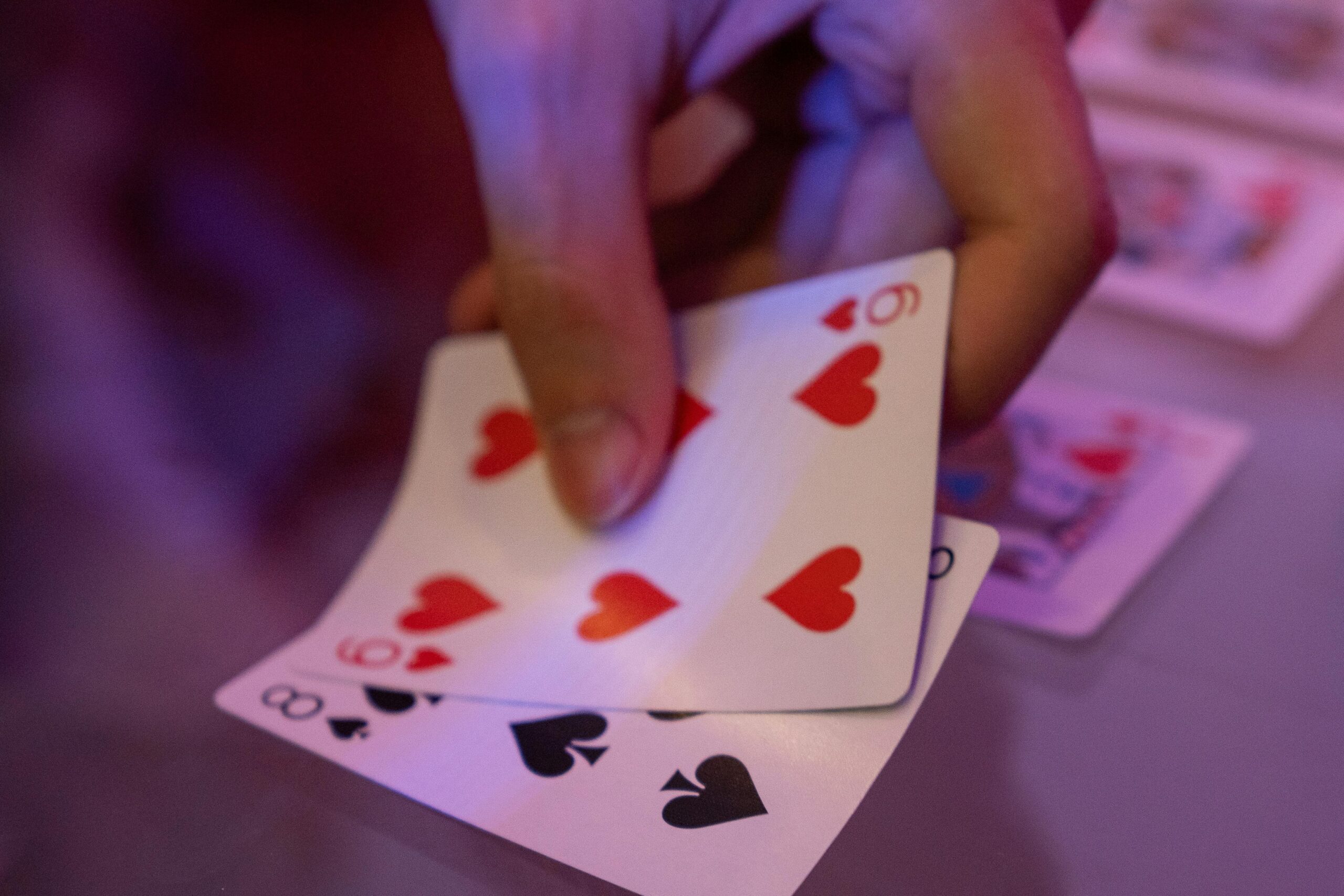Switching from Hold’em to Omaha feels like going from chess to four-dimensional chess. More cards, more combinations, and more multiway pots often lead players to overthink every decision. The real problem isn’t knowledge, it’s the mental model you’re still using. Hold’em trains you to rank hands and think heads-up. Omaha punishes that approach. To think clearly, you need a new internal scaffold that organizes complexity before it overwhelms you. This article shows how to rebuild your mindset so decisions become cleaner, faster, and calmer – so let’s dig in and find out how to handle Omaha specifically.
Why ladder-style hand strength fails in Omaha
In Hold’em, hand strength follows a ladder: pairs, straights, flushes… and you often reduce decisions to “good enough or not.” In Omaha, you need multiple coordinated components across four cards. A single strong piece means little without synergy.
This is why hand rankings offer almost no clarity here. Instead, think in terms of hand utility. Suited ace = nut flush potential. Connected middles = straight potential. Pair = still good and opens the possibility of three of a kind.
Strong Omaha players don’t obsess about raw strength; they ask, “Which cards do I have and how likely are they to be useful?” This framework prepares you to evaluate combinations instead of chasing standalone strength.
Board-class buckets make chaos predictable
Card strength in Omaha Poker varies massively. Categorizing each card individually is exhausting. Instead, bucket them into classes: locked high (A-K-Q), dynamic middles (T-9-7), paired low, monotone, double-paired, etc. Each bucket has built-in range implications, so you stop reacting from emotion and start reacting from pattern recognition.
These buckets clarify who has the advantage, who has fold equity, and when multiway pressure is dangerous. The result? Omaha stops feeling like noise. It becomes structured, even when the pot is large.
How the lobby shapes your mindset
Most players think mindset starts at the table. In Omaha, it starts in the lobby. Changing formats—PLO4 to PLO5, deep to capped, full-ring to short-handed—changes how your cards function and how ranges collide. In Hold’em, these shifts matter less. In Omaha, toggling formats mid-session destroys your internal consistency and increases the mental effort required. Treating the lobby as part of your mental model prevents you from loading into environments that don’t match your current learning focus.
Well-organized Omaha Poker options allow you to pick consistent formats where you can build muscle memory around the exact format you prefer. This also lets you set one or two focus goals (e.g., evaluate nut wrap potential, avoid weak flush draws), and apply them across hands. If you want to play Omaha Poker, therefore, make sure you pick a site that offers you good structure and clear options.
The three-question filter for multiway pot clarity
Omaha isn’t about big hands—it’s about mental clarity. In multiway pots, uncertainty balloons quickly. Instead of exploring every “what if,” use the below list to prune decision branches before they overwhelm you:
- Do I have the nuts? If not, tighten up immediately.
- Which range bucket does this board favor? If not yours, exit early.
- If I take this line, do I already know my plan for the next street? No plan = no call.
These questions keep you from line-hopping or chasing uncertainty. Notice they don’t ask “What might they have?” They ask, “Does my structure support this action?” That mental shift protects your stack and your sanity.
Bankroll swings and emotion labels
Omaha naturally creates bigger bankroll swings due to closer equities and frequent nut collisions. What matters here isn’t the added variance, however, but how many players internalize it. Most tie emotional spikes to results, and this can lead to frustration and mistakes.
Instead, when you are playing Omaha Poker, try labeling your emotional state before the hand. Note to yourself whether you feel tilted, eager, anxious, confident, or neutral. Recent research shows that this kind of labeling can dampen emotional reactivity. This, in turn, may improve your decision-making and give you an edge against other players. By naming your state (“I feel vengeful right now”), you reduce its influence. You’re no longer fighting feelings—you’re observing them. That keeps your mental bandwidth free for your model of the game.
Reframe to simplify, not complicate
The goal isn’t to think harder. It’s to think cleaner. Cards replace rankings. Buckets replace board-level chaos. Lobby consistency replaces format churn. Strategic assessment replaces emotional spiraling. Self-aware labeling replaces tilt. Together, these tools don’t just help you survive Omaha—they make it feel easier than Hold’em. The players who transition best aren’t the ones memorizing combos. They’re the ones who know exactly what matters.
Clarity beats complexity. Hold’em taught you to value strength. Omaha teaches you to organize chaos. Once your mental model matches the game, decisions speed up, emotions become controlled, and multiway pots become manageable. The switch isn’t just possible—it can become your biggest edge when you build the right scaffold.

